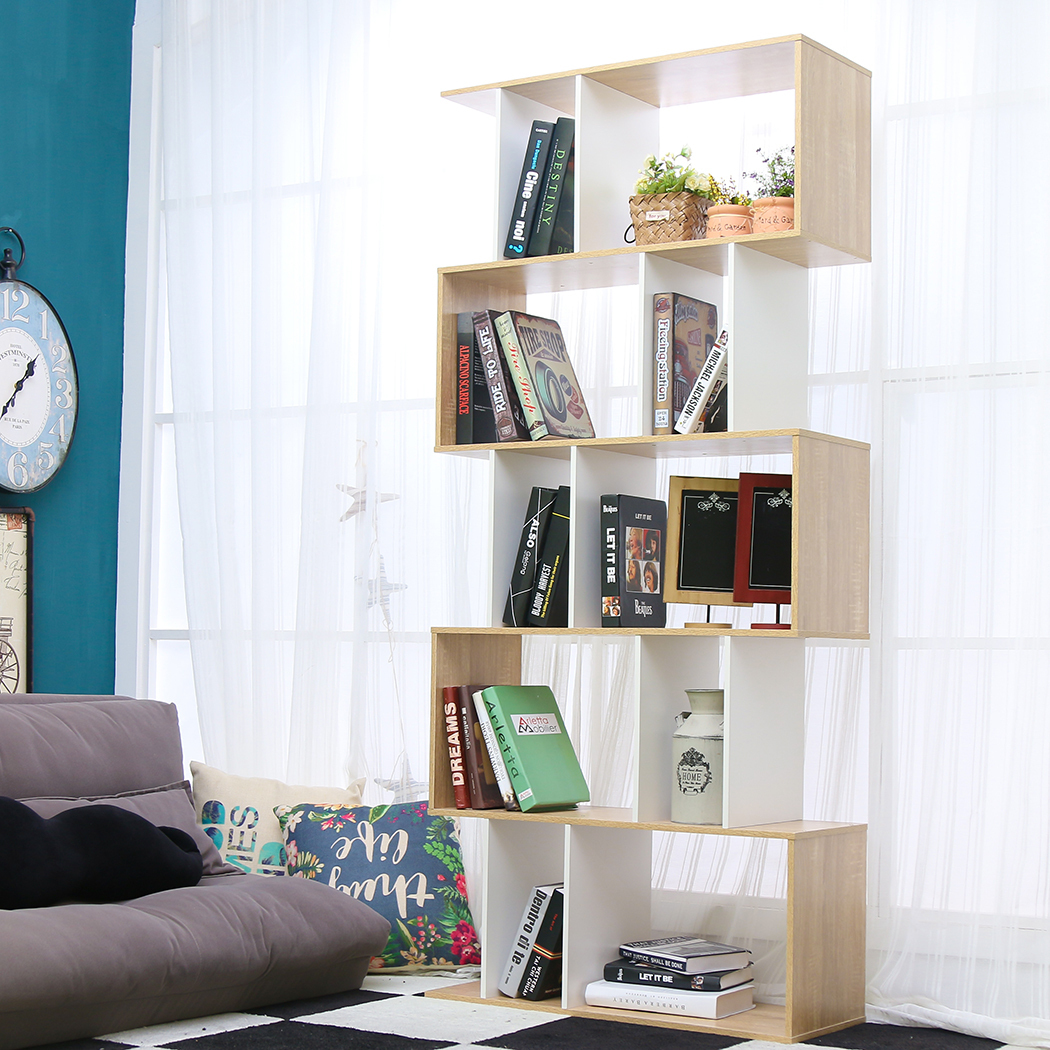Unlike tinier furniture items, bookshelves are meant to handle bulk books or even other items. They could be dangerous if not secured properly. It's certainly relevant to stabilize bookcases that are tall, shaky, and dangerous because of the weight they hold.
Furniture protection straps provide safety without digging into the bookshelf, but you'll need to settle for steel corner brackets if the bookcase is just too big to move.
Keep reading to find out how to complete the task effectively. Fortunately, we've done some research on how to keep a bookshelf from falling and have several suggestions for you to attempt!
You may not be in a position to secure the bookcase without using L-hooks or screws in some cases. Anti-slip systems that don't necessitate nails or screws are now available. These kits are available for purchase from offline and online merchants.
Some kits include metal cables, plastic ties, or velcro straps to safeguard a bookcase to a wall using posts and pins. If you want to purchase one of these anti-slip kits, find the ones with velcro straps, so you don't have to drill any holes through the walls.
Wall anchors must be added to the package to keep the velcro straps solidly attached to the wall. The shelving unit does not need to be drilled into the wall. An expert can do the task for you effectively.
To connect furniture straps, you'll need to relocate the bookcase out of the way; those that pass at the back of the bookcase are located higher enough on your wall to reach the top of your shelf unit.
Using a washer, disperse the outward pressure as much into the strap as plausible when screwing everyone to a stud with a lag bolt or a screw. The Velcro strips should be glued to the bookcase top, then the component should be moved back into position, and the tying should be connected to the Velcro. Make a hole using a masonry piece, install a masonry foundation, and drive the bolt into the pillar to strap on a brick or concrete wall.
Another alternative is to use a 2-3-inch wood screw to attach your bookcase to the wall straightforwardly. Suppose you go with that option to ensure the bookshelf is level and aligned with the wall studs.
Tap with a stud finder or a rubber mallet until you find the right spot. Drill pilot holes through the bookshelf into the wall with a drill, and then tighten the wood screws into each pilot hole.
Use adhesive tapes instead of screws, studs, or drilling holes in walls to secure a bracket or a hook. These could be used to hang whatever lightweight, open bookshelf, especially those made from wood. Only bookshelves weighing less than 4 kilos should be hung as a rule of thumb. Never use the adhesive tapes to stick bookshelves that weigh over 4.5 kilograms for safety reasons.
Floating, hollow shelves are typically created with lightweight wood planks and are ideal for attaching glue or adhesive tapes to the wall. You can find these shelf units on reputable and reliable online retailers such as AusPoints.

For anyone with backless bookcases, the L brackets are a great choice. You'll have to trace your wall stud to fasten the bracket, just as in the previous method. You place the metal L bracket under, or even on top if you are okay with it being visible, the top shelf once you've found the studs. Next, drive appropriate-sized screws into the right place with a screwdriver.
Tips on stabilizing a bookshelf:
The weight of the bookshelf you've guarded to the wall may be causing it to wobble. Rocking or shaky bookshelves could fall during an earthquake or tremor, posing a safety hazard. Loose fittings can cause side-to-side vibrations that you can fix by tightening them or putting an additional back component on your shelf. However, anchoring a wobbly bookcase to the wall by far is the least risky way of stopping it.
Lightweight shelves usually do not even arrive with hardware or backing, so if they aren't secured to the wall, they could indeed effortlessly drop to the ground. For safety reasons, you should always secure ladder-style shelves to the wall.
An unsteady bookshelf could be dangerous in a household with older adults, children, or pets. Your bookshelf could fall and lead to accidents if you reside in an earthquake-prone area.
In some cases, adhesive tapes or velcro straps may not be enough to give sufficient load power to the bookcase. If none of the above suggestions works, consider buying free-standing shelves or rather storage racks. These shelves don't need to be secured to any wall and offer adequate support no matter what weight they hold, as its name implies.
In areas where young children rely on furniture for help, or in places that are earthquake-prone or even other natural catastrophes, you must protect all furniture.
Whatever alternative you choose, we suggest securing the bookshelf to the wall to prevent it from tipping over. An unprotected bookcase could be knocked over by a kid pulling or climbing on it. Remember that thousands of kids get injured every year due to falling furniture.